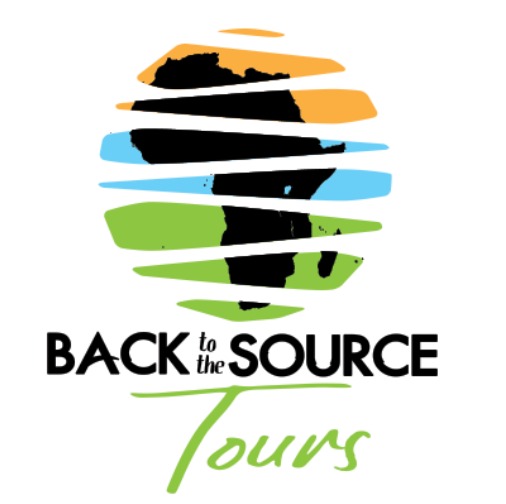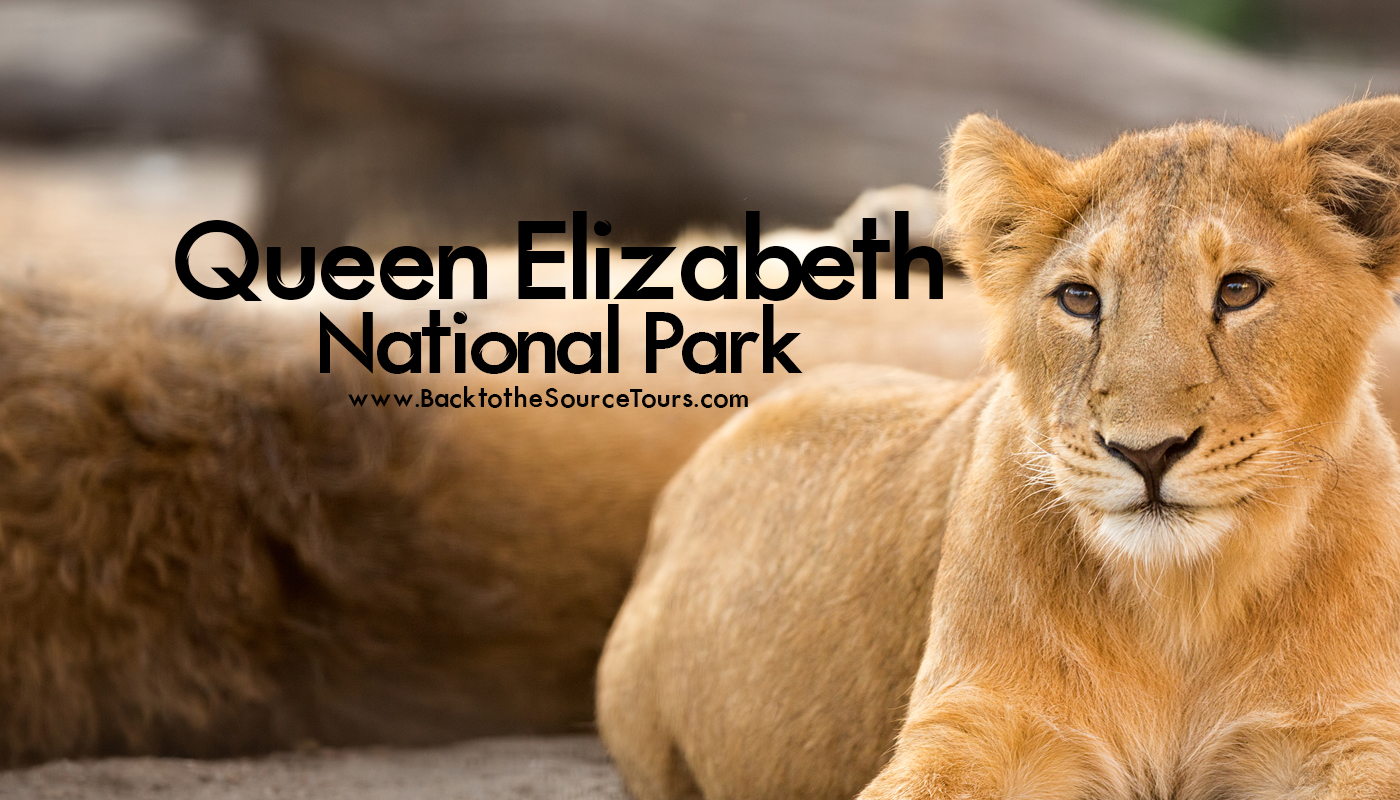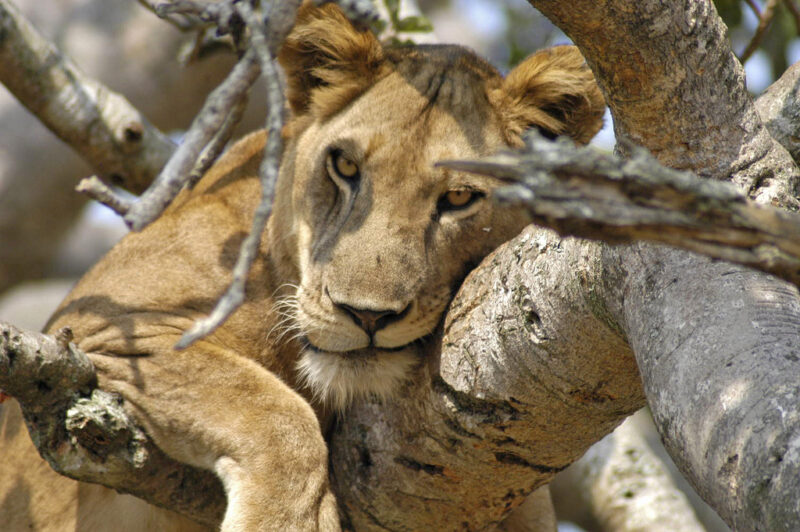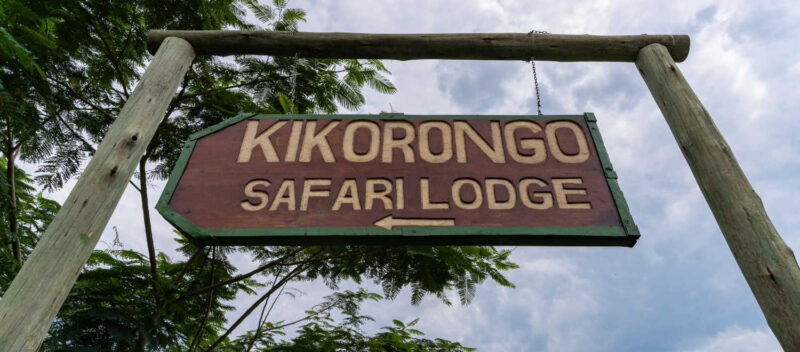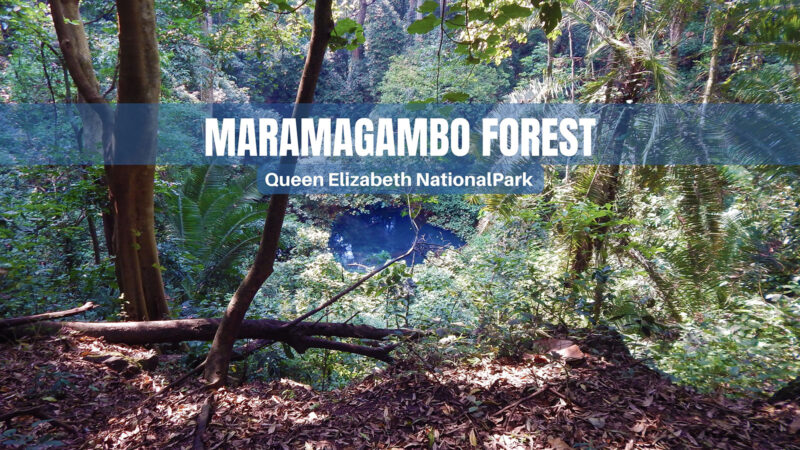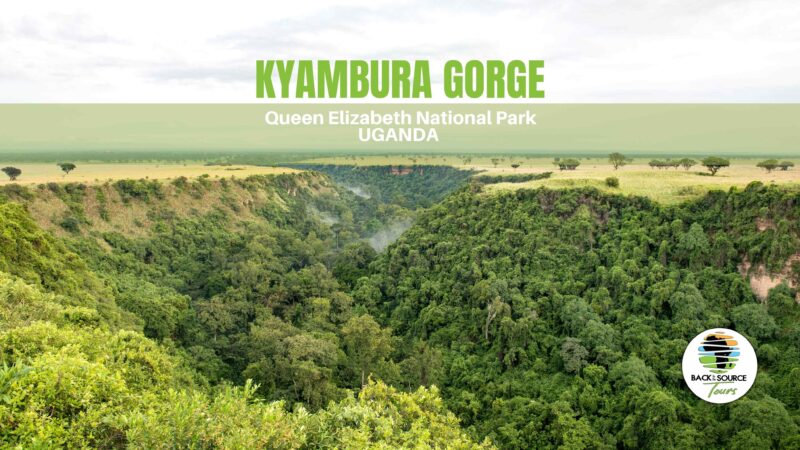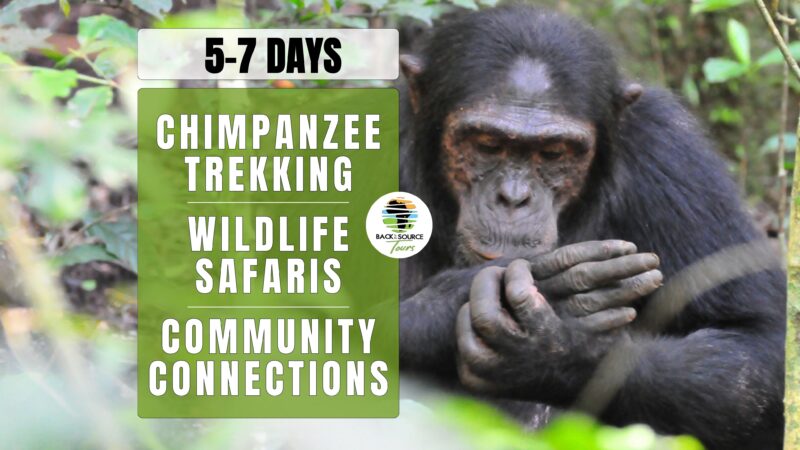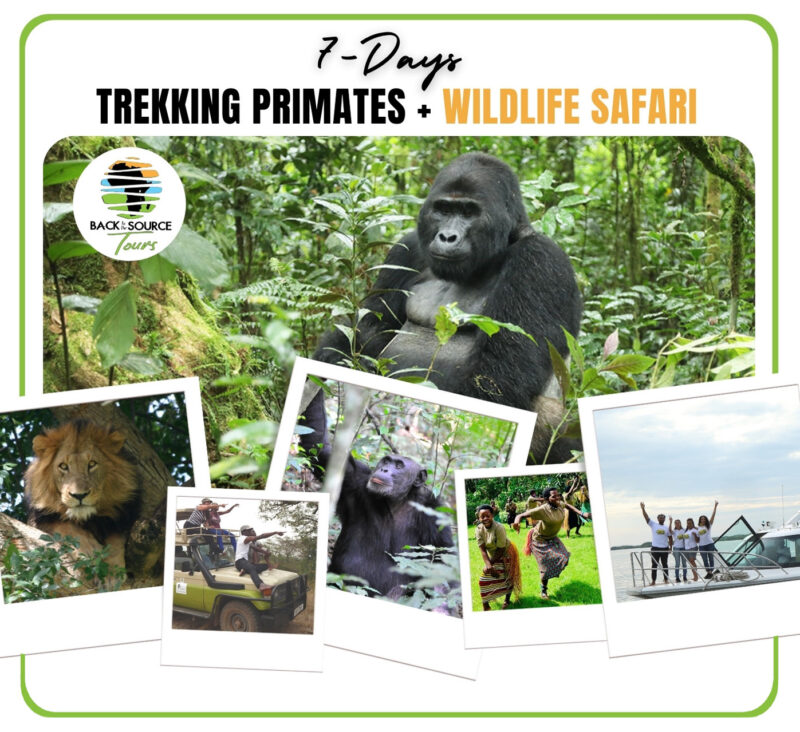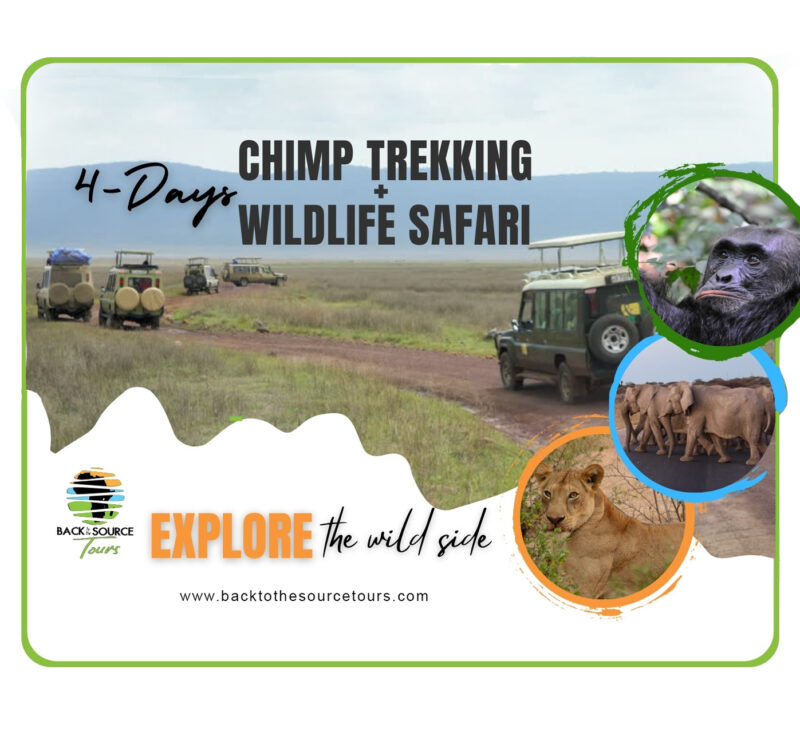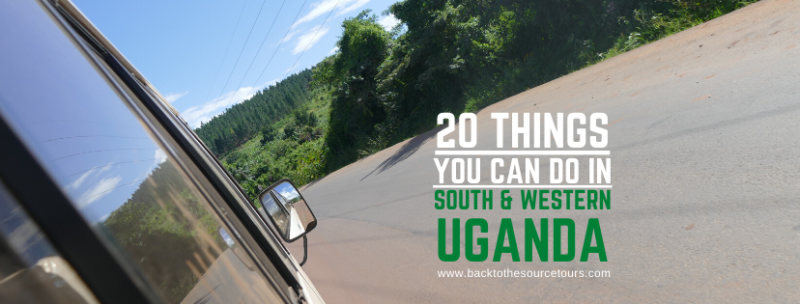Queen Elizabeth National Park is understandably Uganda’s most popular tourist destination. The park’s diverse eco-systems, which include sprawling savanna, shady, humid forests, sparkling lakes, and fertile wetlands, make it the ideal habitat for classic big game, ten primate species including chimpanzees.
The park is known for its abundant wildlife, including African elephants, African buffaloes, Ugandan kobs, Hippos, Popi, Waterbucks, Warthogs, Giant forest hogs, Nile crocodiles, Leopards, Spotted hyenas, Chimpanzees, and Lions. Overall, the park is home to 95 mammal species and over 600 bird species.
Set against the backdrop of the jagged Rwenzori Mountains, the park’s magnificent vistas include dozens of enormous craters carved dramatically into rolling green hills, panoramic views of the Kazinga Channel with its banks lined with Hippos, Buffalo, Elephants, and the endless Ishasha plains, whose fig trees hide lions ready to pounce on herds of unsuspecting Uganda kob.
The Kazinga Channel in Uganda is a wide, 32-kilometre (20 mi) long natural channel that links Lake Edward and Lake George and is a dominant feature of Queen Elizabeth National Park. Lake George is a small lake with an average depth of only 2.4 meters (7.9 ft.) and is fed by streams from the Rwenzori mountains.
Its outflow is through the Kazinga Channel which drains into Lake Edward, water levels fluctuating very little.
As well as its outstanding wildlife attractions, Queen Elizabeth National Park has a fascinating cultural history. There are many opportunities for visitors to meet the local communities and enjoy storytelling, dance, music, and more. The gazetting of the park has ensured the conservation of its ecosystems, which in turn benefits the surrounding communities.
Uganda’s Queen Elizabeth National Park is truly a Medley of Wonders!
Other landmarks on the path west
- Tree-climbing lions in Ishasha Sector of QENP
- Maramagambo Forest
- Katonga Wildlife Reserve (listed below)
- Kazinga Channel
- Semuliki National Park
- Rwenzori Mountains National Park
- Kibale National Park
- Chimp Trekking in Kibale National Park
Katonga Wildlife Reserve is a national park in western Uganda, along the banks of River Katonga. The wildlife reserve was established in 1998. The reserve is a recent addition to Uganda’s list of protected wildlife areas. It protects a network of forest-fringed wetlands along the Katonga River. It is best explored by foot and by canoe. It is home to over forty (40) species of mammals and over one hundred and fifty (150) species of birds; many of them specific to wetland habitats.
Commonly sighted in the wetland reserve are Elephants, Waterbuck, Reedbuck, Colobus Monkeys and river otters. Also found in this habitat is the shy Sitatunga, a semi-aquatic Antelope with webbed hooves. Viewing this game from a canoe, whilst they come to the water’s edge to drink is a thrilling and memorable experience.

